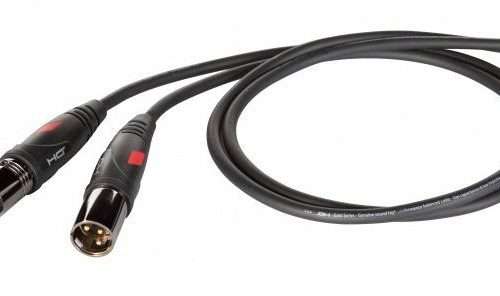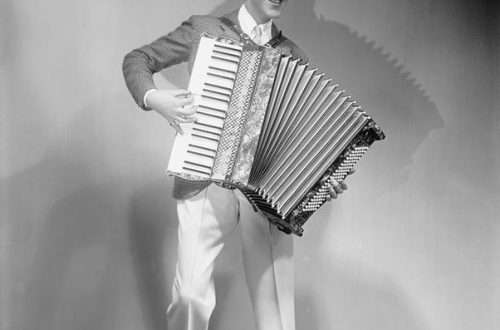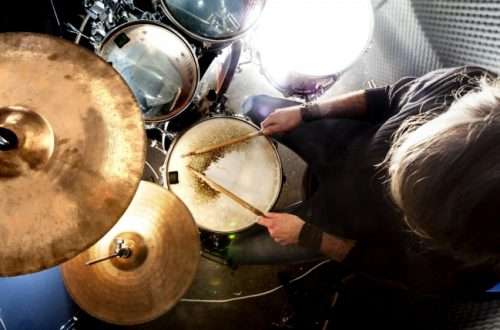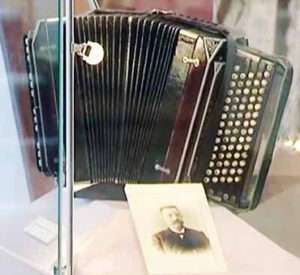
History of button accordion
All peoples in the world have their own national instruments. For Russians, the button accordion can rightfully be considered such an instrument. He received a special distribution in the Russian outback, where, perhaps, not one event, whether it be a wedding, or any folk festivals, can not do without it.
However, few people know that the progenitor of the beloved button accordion,  became the oriental musical instrument “sheng”. The basis for extracting the sound of which, as in the button accordion, was the reed principle. Researchers believe that more than 2000-3000 years ago it appeared and began to spread in China, Burma, Laos and Tibet. Sheng was a body with bamboo tubes on the sides, inside of which there were copper tongues. In Ancient Russia, sheng appeared along with the Tatar-Mongol invasion. From here it began to spread throughout Europe.
became the oriental musical instrument “sheng”. The basis for extracting the sound of which, as in the button accordion, was the reed principle. Researchers believe that more than 2000-3000 years ago it appeared and began to spread in China, Burma, Laos and Tibet. Sheng was a body with bamboo tubes on the sides, inside of which there were copper tongues. In Ancient Russia, sheng appeared along with the Tatar-Mongol invasion. From here it began to spread throughout Europe.
Many masters had a hand in creating the button accordion in the form in which we are accustomed to seeing it at different times. In 1787, the master from the Czech Republic F. Kirchner decided to create a musical instrument, where the sound would appear due to vibrations of a metal plate in an air column, which was pumped by a special fur chamber. 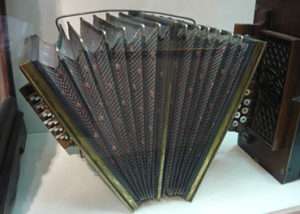 Kirchner even designed the first models of his instrument. At the beginning of the 19th century, the German F. Bushman made a mechanism for tuning the organs he served. In the 2nd quarter of the 19th century in Vienna, an Austrian with Armenian roots K. Demian, taking Bushman’s invention as a basis and modifying it, produced the first prototype of the button accordion. Demian’s instrument included 2 independent keyboards with bellows between them. The keys on the right keyboard were for playing melody, the keys on the left keyboard were for bass. Similar musical instruments (harmonics) were brought to the Russian Empire in the first half of the 19th century, where they gained great popularity and distribution. In our country, workshops began to be quickly created, and even entire factories for the manufacture of various types of harmonicas.
Kirchner even designed the first models of his instrument. At the beginning of the 19th century, the German F. Bushman made a mechanism for tuning the organs he served. In the 2nd quarter of the 19th century in Vienna, an Austrian with Armenian roots K. Demian, taking Bushman’s invention as a basis and modifying it, produced the first prototype of the button accordion. Demian’s instrument included 2 independent keyboards with bellows between them. The keys on the right keyboard were for playing melody, the keys on the left keyboard were for bass. Similar musical instruments (harmonics) were brought to the Russian Empire in the first half of the 19th century, where they gained great popularity and distribution. In our country, workshops began to be quickly created, and even entire factories for the manufacture of various types of harmonicas.
In 1830, in the Tula province, at one of the fairs, the master gunsmith I. Sizov bought an outlandish foreign musical instrument – an harmonica. The inquisitive Russian mind could not resist disassembling the instrument and seeing how it works. Seeing a very simple design, I. Sizov decided to assemble his own version of a musical instrument, which was called the “accordion”.
Tula amateur accordion player N. Beloborodov decided to create his own instrument with a large number of musical possibilities in comparison with the accordion. His dream came true in 1871, when he, together with the master P. Chulkov, designed a two-row accordion.  The accordion became three-row in 1891, thanks to the master from Germany G. Mirwald. After 6 years, P. Chulkov presented his instrument to the public and musicians, which made it possible to receive ready-made chords with one press of a key. Constantly changing and improving, the accordion gradually became an accordion. In 1907, the musical figure Orlansky-Titorenko made an order to the master P. Sterligov for the manufacture of a complex four-row musical instrument. The instrument was named “button accordion” in honor of the storyteller from ancient Russian folklore. Bayan improved after 2 decades. P. Sterligov creates an instrument with an elective system located on the left keyboard.
The accordion became three-row in 1891, thanks to the master from Germany G. Mirwald. After 6 years, P. Chulkov presented his instrument to the public and musicians, which made it possible to receive ready-made chords with one press of a key. Constantly changing and improving, the accordion gradually became an accordion. In 1907, the musical figure Orlansky-Titorenko made an order to the master P. Sterligov for the manufacture of a complex four-row musical instrument. The instrument was named “button accordion” in honor of the storyteller from ancient Russian folklore. Bayan improved after 2 decades. P. Sterligov creates an instrument with an elective system located on the left keyboard.
In the modern world, the button accordion has become a universal musical instrument. When playing on it, a musician can perform both folk songs and classical musical works transcribed to him.



